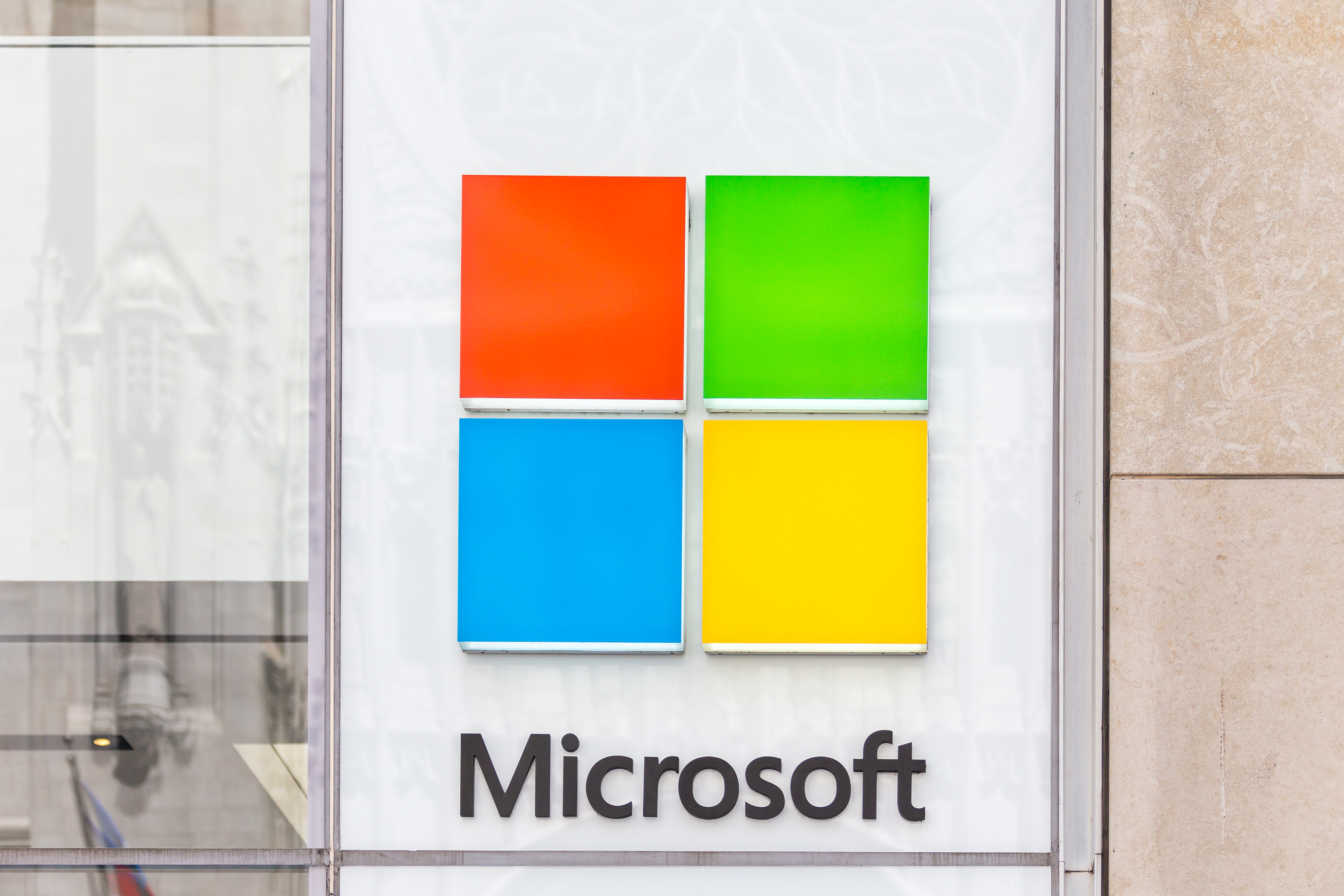
Windows 7 was a particularly popular operating system (OS), so much so that about 28% of computer users are still using it even though Windows 10 has been out since 2015.
But there is a particularly important date coming up on January 14, 2020, which is the end of all support for Windows 7, otherwise known as an operating system’s end of life (EOL).
You can often see in the data when an OS is getting ready to reach its EOL date. The market share for the older system will begin to wane as the newer Windows software starts getting adopted more rapidly, before the older one is unsecure. That’s the pattern that has emerged throughout 2019.
So, what does it mean that Windows 7 is reaching EOL In January 2020? What happens if you keep using it past that date?
Read on to find out what EOL means for your business and why upgrading to Windows 10 is so important.
The Windows Lifecycle
To understand fully what end of life means for a Window product, you need to understand the two phases of the Windows lifecycle. One is end of Mainstream Support and the other is the end of Extended Support.
Mainstream Support
Mainstream support is typically extended during a product’s first five years after launch. It includes things like:
- Ability to request feature updates
- Security updates
- Non-security updates
- Paid and complimentary support
When mainstream support ends, you no longer can request feature updates and non-security updates are available only through a Unified Support program. Windows 7 reached the end of Mainstream Support in January of 2015.
Extended Support
Once Extended support ends, typically about 10 years after launch, those vital security updates also end, which means your operating system is vulnerable to being hacked. Other support is very limited, and you’re basically left on your own.
Now, in the case of Windows 7, due to the popularity of the OS, Microsoft did slightly change their policy to add a short-term Extended Security Update (ESU) Program that you have to purchase via volume licensing programs. But that’s not going to be a good option for many small businesses.
Why Can’t I Keep Using Windows 7?
What happens if you keep using Windows 7 after January 14, 2020?
Several bad things can happen, which include the following.
Your Computer Will be Vulnerable to Hacks
There’s a reason those security updates come so frequently, it’s because hackers continually find code in the operating system to exploit so they can gain access into a system and wreak havoc or steal sensitive data.
As soon as Windows 7 reaches it’s EOL, those hackers will be waiting, knowing that any vulnerabilities will go unpatched. Which means if you’re still running any Windows 7 devices at your office after the EOL date, it’s a case not of if, but when you get hacked.
You’ll Be Out of Compliance with Data Security Regulations
Any companies that need to comply with data security regulations such as HIPAA, FINRA, or GDPR, will no longer have the proper operating system security needed to safeguard customer data, which could mean a data breach and compliance penalty.
Less Compatible with New Software and Hardware
Once an operating system has hit its EOL, software and hardware manufacturers are no longer worried about being compatible with it. This means there’s more chance of incompatibilities with the programs you use as they get updated to meet newer needs that the older OS can’t keep up with.
It’s Time to Upgrade to Windows 10
Even though there are only a few months left before Windows 7 has extended support end, you still have time to plan for an orderly upgrade process. Here are the steps you should begin taking right now to ensure a smooth upgrade process.
Identify All Devices Running Windows 7
Make an inventory of your desktops and laptops to identify those that are still using the Windows 7 operating system.
Decide Which to Upgrade and Which to Replace
Some devices may be too old to upgrade and won’t meet the system requirements for Windows 10, in which case you’ll want to replace them. Decide which PCs you’ll be upgrading and which you’ll be retiring and replacing.
Plan Your Upgrades and Data Migration
If you’re upgrading multiple computers, you can save downtime and reduce the chance of hitting any upgrade issues by getting an IT pro to help. We can ensure your upgrades go smoothly and can also migrate data from PCs you’re replacing to new devices and ensure everything is transferred with no loss of data.
Call Cris’s Tech Repair for Help with Windows Upgrades
January will be here before you know it, so don’t leave your Windows 7 to Windows 10 transition until the last minute. By upgrading now, you’ll ensure you’re not at risk of a data breach come the new year.
Get your Windows upgrade scheduled today!
